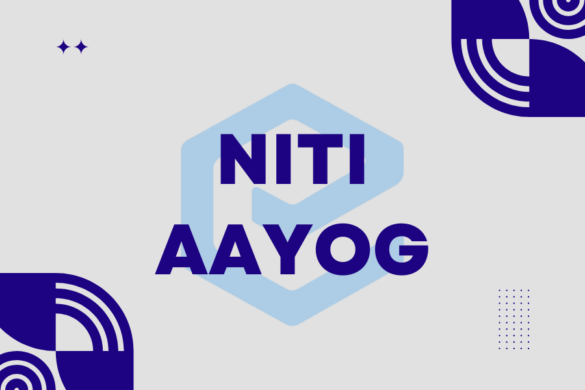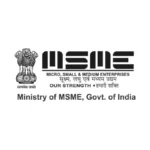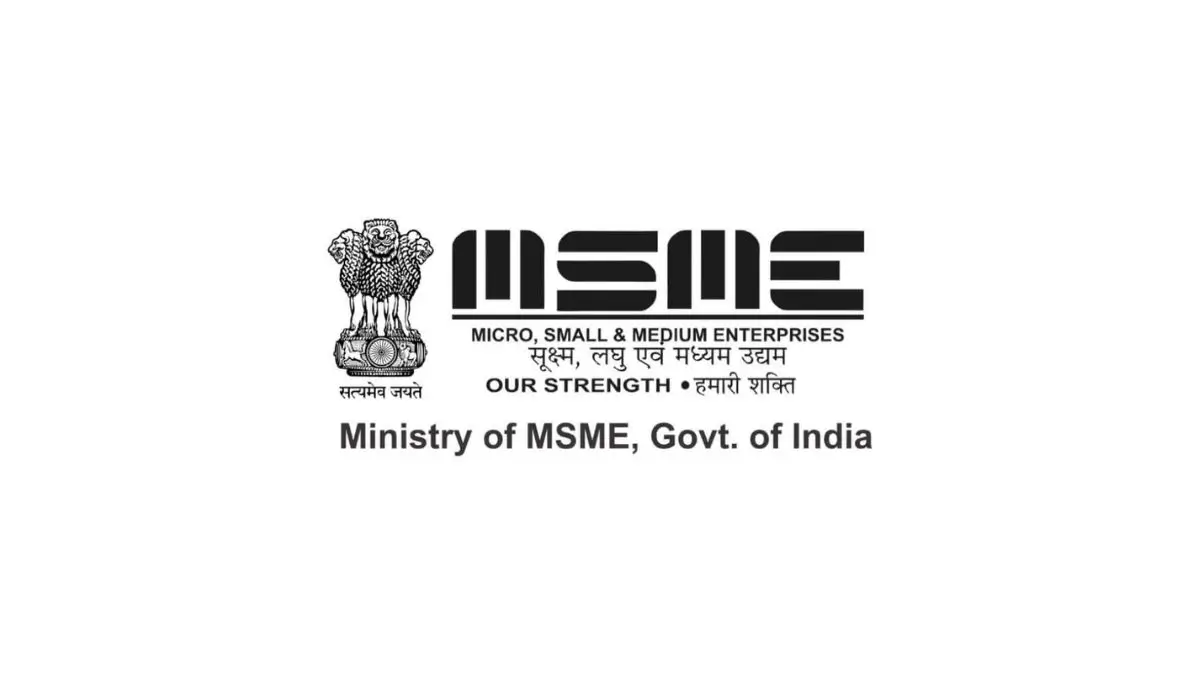10 Years of NITI Aayog – Shaping India’s Future
Introduction: NITI Aayog’s Role in India’s Development
NITI Aayog (National Institution for Transforming India) has played a crucial role in shaping India’s policy framework and guiding the nation’s growth trajectory. Established on January 1, 2015, NITI Aayog replaced the Planning Commission, focusing on achieving sustainable development, economic growth, and inclusive welfare. With an emphasis on cooperative federalism and strengthening the bond between the central and state governments, NITI Aayog has been pivotal in charting a path for India’s future. As it marks its 10th anniversary, it’s time to reflect on its significant contributions to India’s development.
Key Achievements in the Last Decade
Over the last ten years, NITI Aayog has facilitated several important reforms and initiatives, ranging from economic policies to health and education. Its collaborative approach has seen the introduction of key programs such as the Atal Mission for Rejuvenation and Urban Transformation (AMRUT), the National Nutrition Strategy, and the Sustainable Development Goals (SDGs) framework. NITI Aayog also initiated the Aspirational Districts Program, which focuses on improving socio-economic indicators in underdeveloped regions.
Strengthening Governance through Innovation
NITI Aayog has also focused on enhancing governance through innovation, fostering a culture of entrepreneurship and digitalization. By promoting startup ecosystems, it has created an environment conducive to business growth, especially in tech-driven sectors like AI, fintech, and agritech. The Aayog’s think tank role has influenced crucial decisions in areas like healthcare, climate change, and economic policy.
NITI Aayog’s Role in International Partnerships
NITI Aayog has strengthened India’s global presence by engaging in strategic partnerships with international organizations. It has played a key role in the India-World Economic Forum partnership, facilitating dialogues with various countries to create more favorable global policies for India’s development.

Why This News is Important
NITI Aayog: The Backbone of India’s Economic Strategy
NITI Aayog’s contribution to shaping India’s policy and governance cannot be overstated. As a body designed to provide long-term strategic advice to the government, it has worked on crucial policies to drive India’s economic growth. The past decade has seen India rise as a major economic player on the world stage, thanks in part to NITI Aayog’s strategies that have targeted specific sectors such as health, agriculture, and education.
The creation of programs like the Aspirational Districts Program and Sustainable Development Goals initiatives showcases the Aayog’s commitment to not just economic growth but also equitable development. For students preparing for government exams, understanding NITI Aayog’s role helps in comprehending India’s developmental journey and policymaking process. It provides context for various schemes, initiatives, and reforms introduced by the government to uplift the economy and society.
A Vision for the Future of Governance and Development
NITI Aayog’s 10th anniversary is also significant because it represents the ongoing transformation of India’s governance structure. The institution has been instrumental in promoting cooperative federalism and has encouraged state governments to actively participate in policy formulation. This collaboration has allowed for more region-specific solutions, making governance more inclusive and participatory. For students aspiring for positions in government sectors such as civil services, understanding these dynamics is essential for interpreting policy shifts and contributing to public service.
Historical Context: Background of NITI Aayog
The Evolution from the Planning Commission
The idea of a planning body in India dates back to the post-independence period, with the establishment of the Planning Commission in 1950. The Planning Commission aimed to set a strategy for the country’s economic development, overseeing the implementation of Five-Year Plans. However, as the Indian economy grew and the need for a more decentralized approach to governance arose, the relevance of the Planning Commission diminished over time.
In 2014, the government recognized the need for a shift in India’s development model, leading to the creation of NITI Aayog in 2015. The Planning Commission’s centralized approach was replaced with a more flexible and collaborative model that empowers states and focuses on innovation, economic reforms, and sustainable development.
NITI Aayog’s Founding Vision and Reforms
NITI Aayog was envisioned as a think tank for the government, playing a role in advising on critical policy decisions and long-term development goals. Its formation marked a significant shift in India’s governance model, moving away from the top-down approach of the Planning Commission. Instead, it aimed at creating partnerships with state governments, industry leaders, and international organizations to drive India’s growth. Over the years, it has introduced key reforms, frameworks, and initiatives, including the Sustainable Development Goals, Start-Up India, and Digital India, which have transformed various sectors in India.
5 Key Takeaways from 10 Years of NITI Aayog
| Serial No. | Key Takeaway |
|---|---|
| 1 | NITI Aayog replaced the Planning Commission in 2015, focusing on decentralized planning and development. |
| 2 | The institution has been pivotal in launching initiatives like the Aspirational Districts Program and Atal Mission for Urban Transformation. |
| 3 | NITI Aayog promotes cooperative federalism by encouraging active participation of state governments in policy decisions. |
| 4 | The organization has been instrumental in creating frameworks for sustainable development and setting India’s targets for SDGs. |
| 5 | NITI Aayog has enhanced India’s global positioning through partnerships with international organizations and strategic economic collaborations. |
Important FAQs for Students from this News
What is NITI Aayog, and why was it established?
- NITI Aayog, or the National Institution for Transforming India, was established on January 1, 2015, as a replacement for the Planning Commission. Its aim is to foster cooperative federalism and work towards sustainable and inclusive development across India.
What are some of NITI Aayog’s major initiatives in the last decade?
- Some of the key initiatives introduced by NITI Aayog include the Aspirational Districts Program, Atal Mission for Rejuvenation and Urban Transformation (AMRUT), and the Sustainable Development Goals (SDGs) framework.
How does NITI Aayog contribute to India’s global standing?
- NITI Aayog plays a significant role in strengthening India’s international presence by collaborating with global organizations and engaging in key partnerships, such as with the World Economic Forum.
How does NITI Aayog promote cooperative federalism?
- NITI Aayog fosters cooperative federalism by encouraging active participation from state governments in policy formulation, ensuring that policies are tailored to the unique needs of each region.
What is the significance of NITI Aayog’s role in economic policy?
- NITI Aayog plays a critical role in advising the government on economic policies, driving reforms in key sectors like health, education, and agriculture, and shaping India’s growth trajectory.
Some Important Current Affairs Links

















